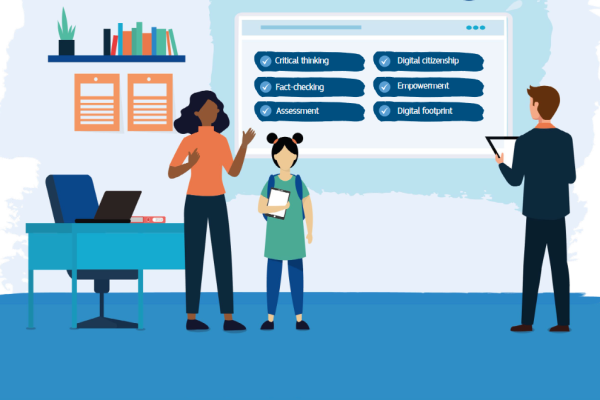The 21st century classroom demands a new set of competencies from educators who must now navigate an increasingly complex digital landscape. Effective tech integration requires more than just providing devices; it necessitates a systematic approach to building digital literacy among educators. Professional development in this area has become a critical priority for schools and districts worldwide, as teachers need ongoing support to leverage technology effectively for instructional purposes. Without adequate training and confidence in using digital tools, even the most expensive technology investments may fail to improve educational outcomes.
Digital literacy for educators encompasses numerous competencies, including the ability to evaluate and select appropriate digital resources, implement technology-enhanced instructional strategies, model digital citizenship, troubleshoot basic technical issues, and use data from digital assessments to inform teaching practices. These skills empower educators to create more dynamic, personalized learning experiences while preparing students for the technological demands of higher education and future careers.
The responsibility for developing these competencies falls not only on individual teachers but also on educational leaders who must create supportive conditions for professional growth. School administrators play a vital role in prioritizing technology-focused professional development, allocating sufficient time for educators to experiment with new tools, and fostering a culture of innovation where taking risks with technology is encouraged rather than penalized. When teachers feel supported in their digital learning journey, they’re more likely to embrace technology as an integral part of their instructional approach.
Models for Technology-Focused Professional Development
Traditional one-size-fits-all workshop models have proven largely ineffective for technology professional development. Instead, successful approaches typically incorporate:
- Job-embedded coaching that provides personalized support in teachers’ actual classrooms
- Professional learning communities where educators can share strategies and solve problems collaboratively
- Micro-credentials and digital badges that recognize specific technology competencies
- Teacher-led demonstrations that showcase successful implementation strategies
- Self-directed learning pathways that allow teachers to focus on technologies most relevant to their subject area and teaching style
- Ongoing support systems rather than isolated training events
These approaches acknowledge that developing technological pedagogical content knowledge is a continuous process rather than a destination, requiring sustained effort and multiple opportunities for practice and reflection.
Addressing Teacher Resistance to Technology
It’s important to recognize that educator reluctance toward technology often stems from legitimate concerns rather than simple resistance to change. These concerns may include:
- Fear that technology will replace human interaction in the classroom
- Worry about technical difficulties disrupting carefully planned lessons
- Uncertainty about managing student behavior in technology-rich environments
- Concerns about screen time and its potential impacts on development
- Anxiety about keeping pace with rapidly evolving technologies
- Questions about the evidence supporting various educational technologies
Addressing these concerns requires honest conversations, evidence-based implementation strategies, and a focus on technology as a means to enhance learning rather than an end in itself. When educators understand how specific technologies can help them achieve their instructional goals more effectively, resistance often diminishes.
Building a Supportive Ecosystem
For sustainable technology integration, schools need to develop comprehensive support systems that include:
- Technology Integration Specialists: Dedicated staff who can provide just-in-time support and model effective practices
- Peer Mentors: Tech-savvy teachers who can guide colleagues through implementation challenges
- Student Tech Teams: Leveraging digitally native students to provide basic troubleshooting and support
- Community Partnerships: Collaborations with local businesses, universities, and organizations to expand resources and expertise
- Administrative Support: Policies and leadership practices that prioritize and facilitate meaningful technology use
This ecosystem approach recognizes that teacher empowerment with technology requires multiple levels of support working in concert rather than isolated initiatives.
Conclusion
The journey toward digital literacy for educators represents a significant investment but one with tremendous potential returns in terms of enhanced teaching and learning. By approaching this challenge systematically, with attention to both technical skills and pedagogical applications, schools can help teachers develop the confidence and competence needed to thrive in technology-rich educational environments. As digital tools continue to evolve, so too must our approaches to professional development, moving beyond basic training to create conditions where educators can become innovative users and creators of educational technology. When teachers are genuinely empowered as digital educators, they can transform their classrooms into dynamic learning environments that prepare students for success in an increasingly digital world.
